People think when they are diagnosed with diabetes that all they have to do is monitor their blood glucose levels. Multiple studies have shown that diabetes should be effectively managed by knowing the A, B, and C’s of diabetes which include: A1C or 3-month average, Blood pressure, & Cholesterol*
High blood pressure is a neglected disease and nearly one in three people have hypertension. The present estimate is 73 million people have high blood pressure with another 53 million at pre-hypertension levels.
What is Blood Pressure?
Blood pressure is the force of blood in your arteries, the vessels that carry blood from your heart to the rest of your body. It is divided in two numbers: systolic (top number) which represents the force during the heartbeat, and diastolic (bottom number) which is the force when the heart is at rest. The measurement used is mmHg or millimeters of mercury.
What BP Number Should You Look for?
The American Diabetes Association (ADA) recommends people with diabetes maintain a blood pressure level less than 130/80. Did you know that two out of three people with diabetes have high blood pressure?
Why Does BP Matter?
Having high blood pressure increases workload on the heart, increases strain on the arteries, and makes the heart pump harder. When blood pressure is untreated, it can lead to a stroke, heart failure, kidney failure, or a heart attack. Many times, high blood pressure has no symptoms. Monitoring at home can reduce your risk of sudden death or show signs of trouble early. Waiting for your next doctor’s visit to get your BP tested may not be enough.
What Should You Do?
I recommend purchasing a home blood pressure monitor (oscillometric method). Home BP monitors use an electronic pressure sensor. Home BP monitors are easy to use and extremely accurate when you use a cuff. Cuffs are widely available and fully automatic. You basically attach a cuff, line the tubing up with the inner elbow (brachial artery), push a button and read the result. Cuffs come in different sizes so you can choose the right size to ensure accurate readings.
Why Should You Bother Monitoring BP at Home?
New and existing research shows that blood pressure monitoring done at home can be more accurate than in doctor’s offices. There have been scientific studies showing that home BP readings predict cardiovascular risk more than in medical offices. This is not to say it isn’t important to visit your doctor. In fact, you can review a log of your BP readings with your doctor.
How Do You Use a BP Monitor?
In a seated position, keep your arm in a 90% angle about chest level. Do not keep your arm down by your side or above heart level. Remove all clothing from the arm. You will get a different reading in each arm. Try to stick to one arm for consistency. Test at varying times of day as you do your blood sugar. Start with monitoring within an hour of awakening and at bedtime. Test two to three times and then take an average of all the readings. Try to avoid caffeine, alcohol, exercising or bathing within 30 minutes prior to testing. Write down your BP numbers for two weeks and share them with your nurse or doctor. This gives him or her a pattern of about 24 numbers as opposed to one reading every several months from your doctor.
Who Should Monitor Their Blood Pressure?
- Anyone who has diabetes to lower their risk of heart attack or stroke, and kidney problems.
- People newly diagnosed with diabetes.
- People who are pre-hypertensive (Blood pressure is between 120/80 and 139/89).
- Anyone changing blood pressure medication, dosage or brand.
- Elderly people who have frequent blood pressure variability.
- Pregnant women who have gestational diabetes or Type 1 or Type 2 diabetes.
Testing your blood pressure consistently will improve your quality of care and could be covered by your insurance. You may need a prescription from your doctor. However, home BP monitors are very affordable and typically cost between $30-$130 (we could spend this on a night at dinner & the movies!).
Taking care of yourself, whether it be your blood sugar or blood pressure, makes a positive impact on your health NOW and in the future.
*Cholesterol should include all the lipids (HDL, LDL, triglycerides).The leading complication of diabetes is heart disease – heart attack and stroke.

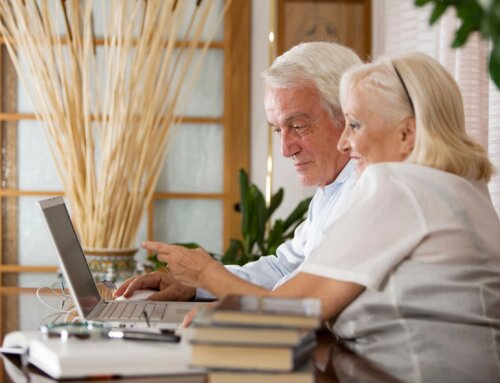



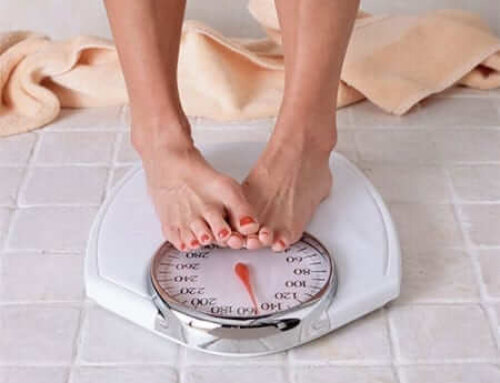


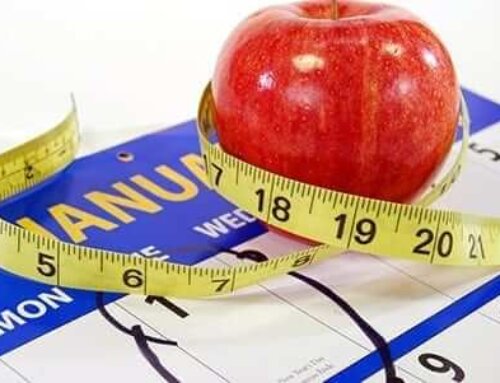
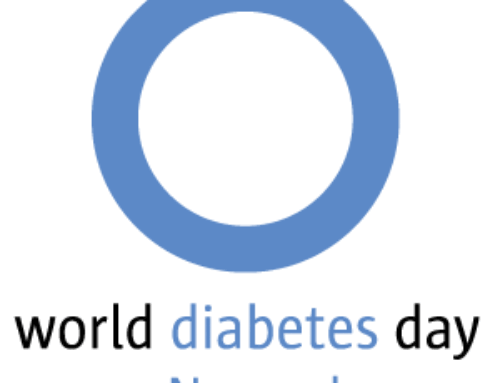
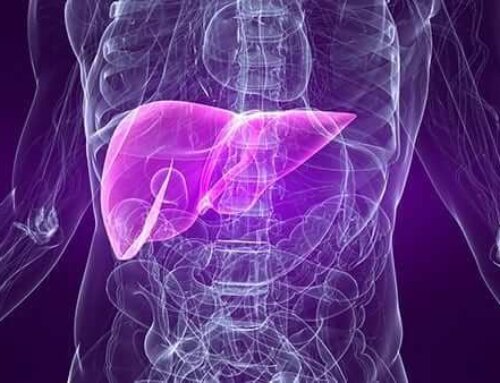
Leave A Comment